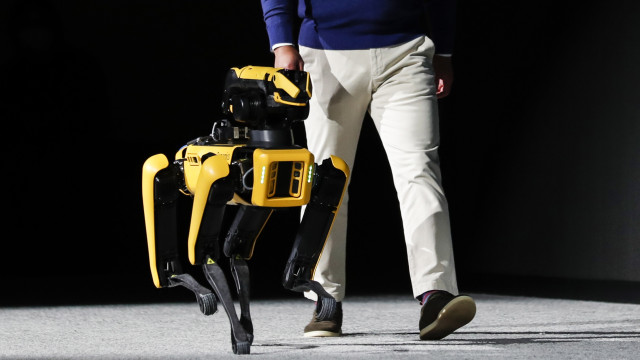A multidisciplinary team of researchers released the four-legged robot, called Spirit, at a height of 1.82 km. on the snowy and rocky hills of Mount Hood in Oregon.
The project, called Legged Autonomous Surface Science in Analog Environments (LASSIE), aims to teach the robot to adapt to changing environments in real time, with the goal of eventually walking the surface of the moon, and perhaps even on other worlds, Science News reported.
"A legged robot must be able to detect what is happening when it interacts with the ground beneath it and quickly adjust its locomotion strategies accordingly," explained USC electrical and computer engineering associate professor Feifei Qian.
Paw prints in the sand
The team received a two-year, $2 million grant from NASA to help the agency deliver robots to the lunar surface. The idea is that once there, these robots can teach each other how to adapt to the local environment, for example by warning others of nearby dangers.
"They will sense what the conditions are on the ground," Qian said, "and then exchange that information with each other and collectively form a risk assessment map as they move."
The robot team can then use this motion risk map to inform their planetary surveys.
The robots could even help each other out of trouble by lifting another robot out of a pit or even connect to form a bridge.
The researchers are also looking far beyond simple four-legged robotic dogs, applying the same research to wheeled and six-legged robots.
Spirit, meanwhile, has already passed through a number of different environments, from California beaches to the icy hills of Mount Hood.
Now LASSIE's team wants to let him off-leash in New Mexico's White Sands National Park — and take one small step toward making one giant leap for humanity. /BGNES
NASA is teaching a robot dog how to walk on the moon







